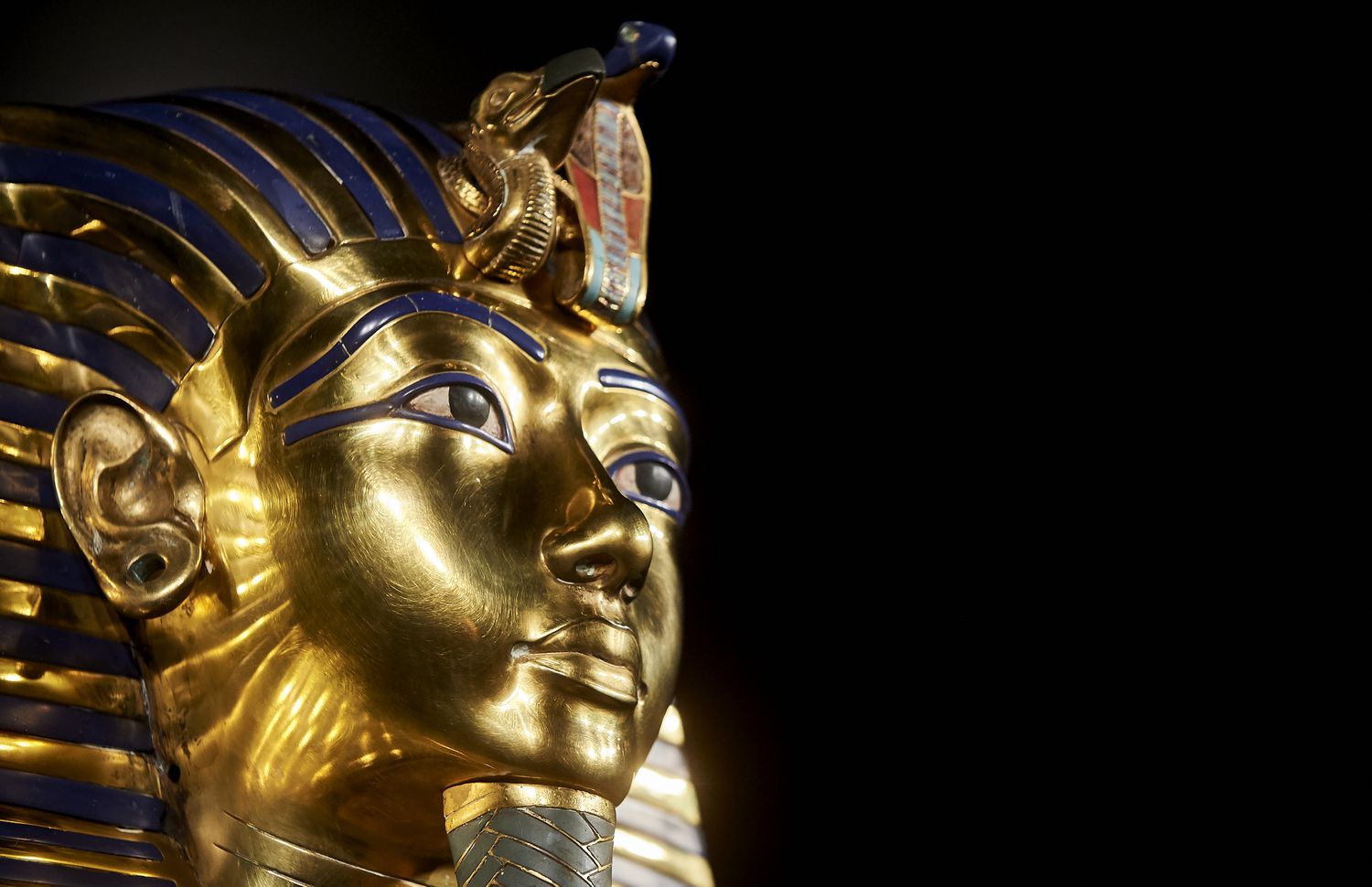
Welcome to our authority blog post dedicated to exploring the fascinating history and architectural prowess of the Great Hanging Obelisk. Standing tall as a testament to human ingenuity, this magnificent structure has captivated generations with its grandeur and intricate design. In this article, we will delve into the origins, construction, and cultural significance of the Hanging Obelisk, shedding light on the secrets and stories hidden within its impressive form.
- The Origins of the Hanging Obelisk:
The Hanging Obelisk, also known as the Tower of Ascendance, traces its roots back to the ancient civilization of Xantheria, a once-thriving empire renowned for its architectural achievements. Built approximately 2,000 years ago, this colossal structure has endured the test of time, surviving wars, natural calamities, and the passage of centuries.
- Architectural Marvels: Design and Construction:
The Hanging Obelisk’s design is a testament to the ingenuity and engineering prowess of Xantherian architects. Soaring high into the sky, the obelisk stands at an astounding height of 150 meters (492 feet), making it one of the tallest structures of its time. Its construction required immense precision, as architects had to ensure stability and structural integrity, even amidst its seemingly impossible hanging position.
The obelisk’s suspended position is achieved through a series of intricate mechanisms and counterweights ingeniously concealed within its core. This architectural marvel incorporates a complex system of pulleys, gears, and cables that work harmoniously to suspend the structure, creating an illusion of defying gravity.
- Cultural Significance and Symbolism:
The Hanging Obelisk holds immense cultural significance for the people of Xantheria and has become an enduring symbol of their heritage. In Xantherian mythology, the obelisk is believed to be a conduit between the earthly realm and the heavens above, acting as a bridge between mortals and the divine. It was regarded as a sacred site where rituals and ceremonies were conducted to honor their gods and seek their blessings.
Moreover, the Hanging Obelisk served as a visual representation of Xantheria’s architectural prowess and technological advancements. It stood as a testament to the empire’s wealth, power, and cultural achievements, captivating all who beheld its majestic form.
- Preservation Efforts and Tourism:
Despite the challenges faced throughout history, the Hanging Obelisk has survived and continues to be a significant tourist attraction today. In recent years, extensive preservation efforts have been undertaken to ensure its longevity and safeguard its cultural heritage. These preservation initiatives include regular inspections, structural reinforcement, and the implementation of visitor guidelines to minimize environmental impact.
Tourists from around the world flock to witness the awe-inspiring Hanging Obelisk, drawn by its unique suspended architecture and rich historical significance. Visitors can explore the surrounding archaeological sites, museums, and exhibitions that provide insights into the civilization that once thrived around this magnificent structure.

